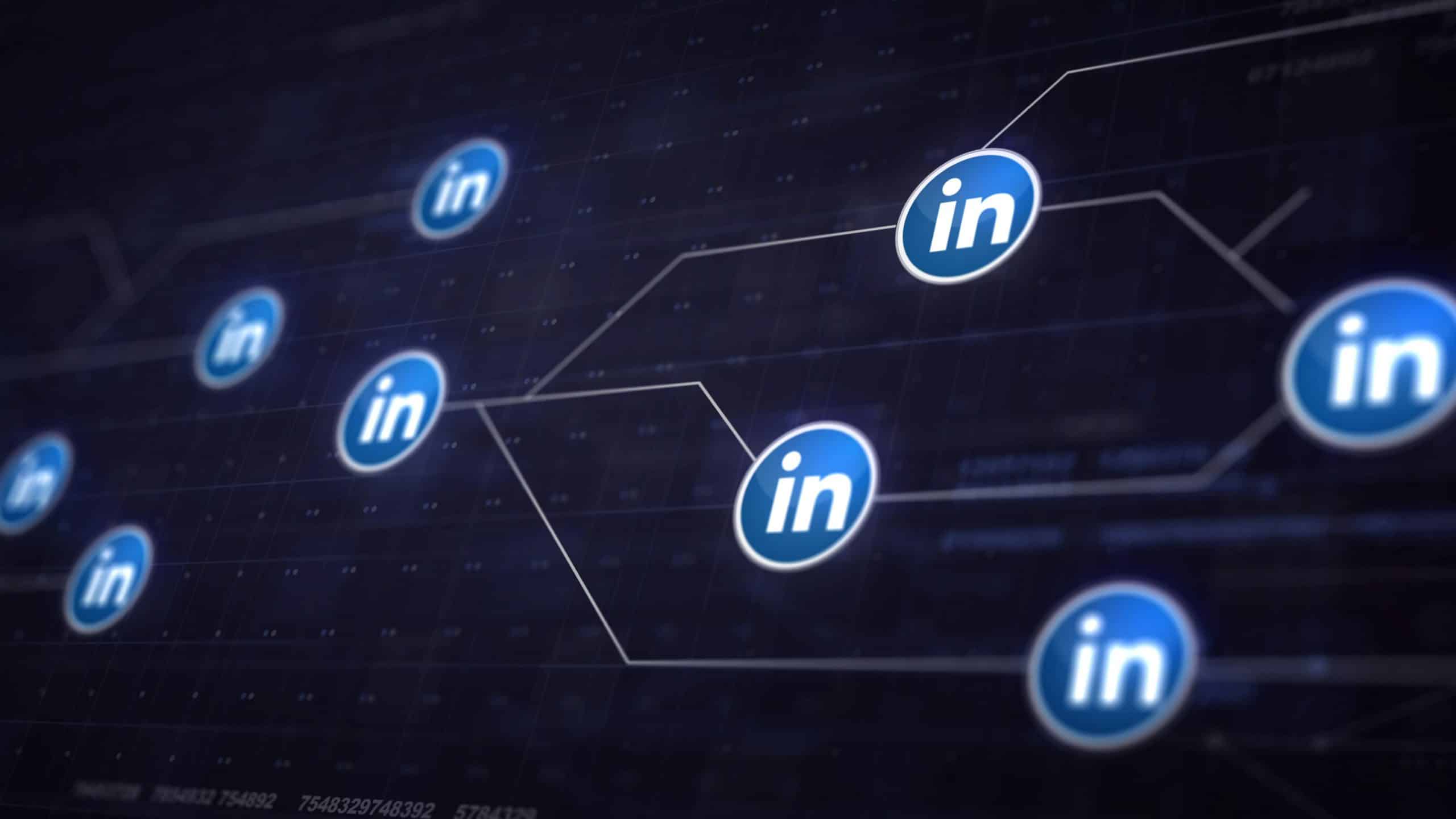
In today’s professional world, knowing how to advertise on LinkedIn can make a significant difference for businesses and individuals looking to grow their presence. Unlike other social media platforms, LinkedIn focuses on connecting professionals, decision-makers, and industry leaders, giving advertisers a unique opportunity to reach high-quality audiences.
LinkedIn advertising is particularly effective for B2B marketing, recruiting top talent, and promoting professional services. Whether your goal is generating leads, increasing brand visibility, or sharing expertise, understanding LinkedIn’s ad platform is essential.
This guide will cover everything from ad types to campaign setup, optimization strategies, performance tracking, and common mistakes to avoid. By the end, you will be ready to create LinkedIn campaigns that deliver measurable results.
So, what is LinkedIn advertising? It is a paid marketing solution that allows businesses to promote content, products, or services directly to a professional audience. Unlike Facebook or Instagram, LinkedIn is designed for networking, making it a prime platform for connecting with people who influence business decisions.
There are multiple LinkedIn advertising types, each suited to different marketing goals:
Choosing the right type is critical because it affects targeting, engagement, and overall ROI. For instance, if you want to drive webinar registrations, Message Ads often outperform Text Ads because they feel personal and direct. Understanding Online Marketing Strategies for Business growth can help to analyse and find what works best for your business.
When exploring LinkedIn ads, it’s important to understand what is LinkedIn advertising and how it works. Before starting a campaign, you should also consider the pros and cons of LinkedIn advertising to make an informed decision.
The Pros of LinkedIn Advertising :
Apart from the advantages, it is essential to recognise the potential challenges that accompany the benefits.
Cons of LinkedIn Advertising:
By understanding both the advantages and these challenges, businesses can make informed decisions about whether LinkedIn advertising aligns with their marketing objectives, target audience, and budget.
A common question is, how much does it cost to advertise on LinkedIn? Costs vary depending on factors such as ad format, audience targeting, bidding strategy, and campaign duration.
LinkedIn operates on a bidding system where advertisers can choose:
On average, CPC ranges from $5 to $9, while CPM can be higher depending on the audience. Smaller campaigns may start with a daily budget as low as $10, while larger businesses may spend hundreds or thousands daily.
Despite the higher cost, the quality of leads and professional targeting often justifies the investment. For example, a B2B SaaS company targeting IT managers may spend $200 on a campaign but generate leads worth several times that investment. Understanding costs upfront ensures campaigns stay profitable and scalable.
Learning how to set up LinkedIn advertising is easier than it seems if you follow these steps:
This step-by-step approach explains why advertise on LinkedIn: it gives you control over who sees your ads, when they see them, and how you measure success. By following this process, even beginners can run professional campaigns that reach the right audience.
A strong LinkedIn advertising strategy can significantly boost results. Some effective approaches include:
The main benefits of LinkedIn advertising include access to a professional audience, higher engagement rates, and opportunities to generate high-quality leads. For example, a company targeting CFOs with a case study ad may receive fewer clicks than on Facebook, but each click is far more likely to convert into a lead or sale.
To ensure success, understanding how does LinkedIn advertising work in terms of tracking is essential. LinkedIn’s Campaign Manager provides detailed metrics:
Using LinkedIn Insight Tag allows you to track conversions from your website. This ensures accurate ROI measurement and helps you optimize campaigns by analyzing which ads and audiences perform best. Continuous monitoring and tweaking lead to more efficient ad spend and better results over time.
Many businesses make mistakes when learning how to advertise yourself on LinkedIn. Some of the common errors include:
Studying LinkedIn advertising examples can help you avoid these pitfalls. For example, companies using personalized Message Ads with clear CTAs often outperform generic Sponsored Content campaigns. The key is to keep ads professional, targeted, and valuable.
LinkedIn provides a unique platform for marketers to reach decision-makers and professionals. Now that you know how to advertise on LinkedIn, you can leverage its targeting capabilities, multiple ad formats, and detailed analytics to grow your business.
While costs may be higher than other social platforms, the value of high-quality leads and professional engagement makes it a worthwhile investment. With the expertise and tools provided by Webdura, businesses can design campaigns that reach the right audience and drive measurable growth, ensuring long-term success in today’s professional digital landscape.
1. Is it free to advertise on LinkedIn?
No, advertising on LinkedIn requires a budget. Organic posts are free, but paid campaigns give access to precise targeting and analytics.
2. How to run LinkedIn ads for free?
You can’t run paid LinkedIn ads for free. However, sharing valuable content, posting regularly, and engaging with your network can increase visibility without spending.
3. What is the minimum budget for LinkedIn ads?
Daily budgets start around $10, but actual spend depends on bidding strategies and campaign goals. More aggressive campaigns will naturally require higher budgets.
4. Why are LinkedIn ads so expensive?
LinkedIn ads target professionals and decision-makers, making them more valuable than general social media audiences. The premium targeting accounts for higher CPC and CPM rates.
5. How long does it take to see results from LinkedIn campaigns?
Engagement usually appears within two weeks, but significant conversions often take one to two months, depending on the campaign objective and audience.

we love working alongside ambitious brands and people
Comments